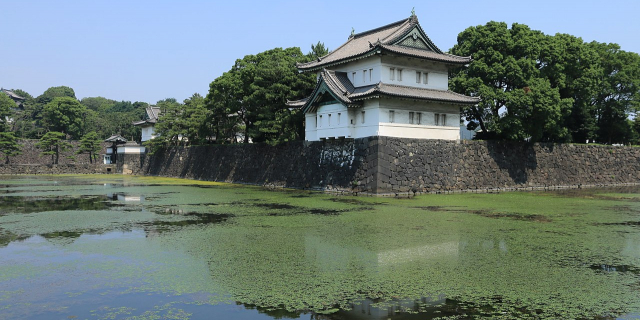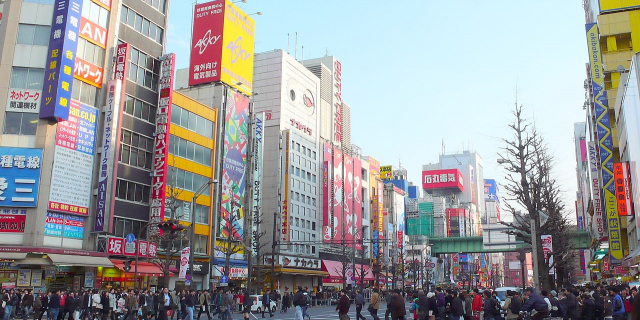ゆりかもめ東京臨海新交通臨海線
( Yurikamome )New Transit Yurikamome (新交通ゆりかもめ, Shinkōtsū Yurikamome), formerly the Tokyo Waterfront New Transit Waterfront Line (東京臨海新交通臨海線, Tōkyō Rinkai Shinkōtsū Rinkai-sen), is an automated guideway transit service operated by Yurikamome, Inc., connecting Shimbashi to Toyosu, via the artificial island of Odaiba in Tokyo, Japan, a market in which it competes with the Rinkai Line.
The line is named after the black-headed gull (yurikamome in Japanese), a common denizen of Tokyo Bay and the official metropolitan bird.
Before its 1995 opening, it was widely feared that the Yurikamome would end up as a multibillion-yen white elephant. The artificial island of Odaiba, which it serves, had been designed and constructed at prodigious expense before Japan's economic crash and, much like London's equally beleaguered Canary Wharf, there simply did not seem to be enough demand to support it. In the first few months of operation, ridership hovered around 27,000 passengers per day,[1] only a little less than the predicted 29,000, but still far less than the 80,000 passengers needed to be profitable.
However, in 1996, the Tokyo Metropolitan Government re-zoned Odaiba from pure business and residential to also permit entertainment zones. The island provided Tokyo with a strip of livable seaside, and within one year, ridership doubled to 60,000.[1] As more and more restaurants, shopping malls, exhibition centers and museums opened, traffic continued to grow.[1]
It is not just the island that became popular, as the Yurikamome had become an attraction in itself.[1] To raise itself from ground level to the Rainbow Bridge, the Yurikamome makes a 270-degree loop, providing panoramic views of both mainland Tokyo and Odaiba.[1]
1 November 1995: Shimbashi-Ariake opens, using temporary Shimbashi station 22 March 2001: Current Shimbashi station opens, temporary station closes 2 November 2002: Shiodome Station opens[2] 27 March 2006: Ariake-Toyosu opens; all stations adopt letter/number identification based on Tokyo Metro.[3] 16 March 2019: Renamed 2 stations; Fune-no-kagakukan → Tokyo International Cruise Terminal, Kokusai-tenjijō-seimon → Tokyo Big Sight[4]An accident on the Yurikamome occurred on the afternoon of 14 April 2006. According to a government commission, one of the axles on the six-car train was cracked due to metal fatigue, causing a rubber tire on the train to fall off.[5] The train came to a halt near Fune-no-kagakukan station, and services were suspended on the entire line.[6] This came at the start of a busy weekend when events were taking place at Tokyo Big Sight on Odaiba, but, according to news reports, alternate means of transportation were offered and there was no major confusion. The Yurikamome resumed limited train service on April 17 while further inspections and tests continued, with full service restored on 19 April.
Future plansAt over 110,000 passengers per day, the Yurikamome is making a net profit and will pay off its loans in full faster than the 20 years originally anticipated. Operating frequency, hours of operation and number of trainsets have been continually revised upwards to accommodate the ever-increasing number of passengers.
A further extension from Toyosu to Kachidoki is currently[when?] under consideration.[7] The extension has become more likely as part of infrastructure improvements for the 2020 Summer Olympics, which will largely be held within the Yurikamome corridor around Toyosu, Ariake and Odaiba, with six competition venues along its route.[8][9]





































Add new comment